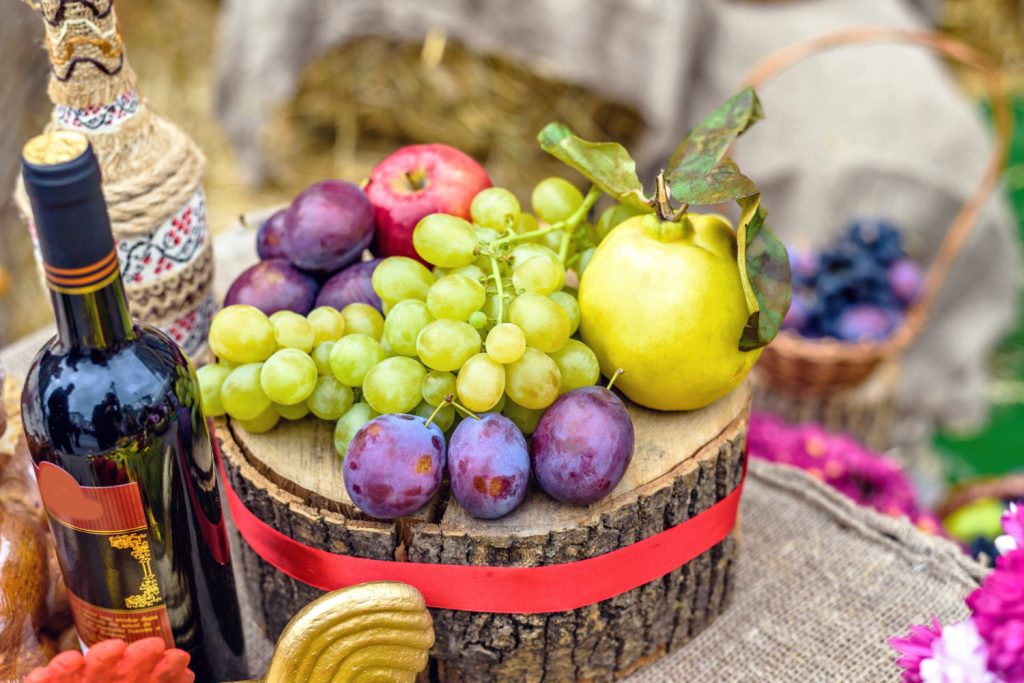Flavanols are natural compounds found in our food and drinks gaining attention for their potential health benefits, ranging from improved heart health to enhanced cognitive function. Curious to see how easy it is to incorporate them into your diet? Dive in as we explore the delicious world of flavanol-rich foods!
What are Flavanols?
Flavanols are natural plant compounds found in fruits, vegetables, and tea leaves. The public’s interest in these compounds has increased in recent years, as they are prevalent in cocoa powder, and there is a growing conversation about their possible positive health effects. While previous research highlights potential benefits like improved heart health and reduced cancer risk, experts recommend increasing flavanol intake through a balanced diet rather than relying on supplements.
Health Benefits of Flavanols
Research suggests that consuming flavanols might offer various health benefits, including:
- Reduced mortality risk: A new research study from the National Health and Nutrition Examination Survey linked higher dietary flavanol intake to lower overall mortality rates, meaning that a diet with more flavanol-rich foods could potentially increase your lifespan.
- Improved cardiovascular health: The anti-inflammatory and antioxidant properties present in flavanols might contribute to better heart health by potentially improving blood flow and reducing inflammation, lowering the risk of cardiovascular diseases, according to a study by the Department of Food and Nutritional Science at the University of Reading.
- Enhanced cognitive function: A study by the Rush Memory and Aging Project suggest flavanols may positively impact cognitive function, memory, and learning, potentially supporting brain health and lowering the risk of diseases like Alzheimer’s.
- Reduced risk of chronic diseases: Research is exploring the potential of flavanols in lowering the risk of various chronic conditions, including cancer and diabetes.It is important to note that research on flavanols is ongoing, and further studies are needed to fully understand their impact on our health. However, these early findings are encouraging and suggest that incorporating flavanol-rich foods into your diet might be beneficial for your overall well-being.
Types of Flavanols:
The word “flavanol” describes a category of plant compounds. These compounds often have a bitter taste and are considered antioxidants. Antioxidants are substances that may protect cells from damage caused by free radicals. Antioxidants may also reduce inflammation, and some flavanols are thought to have additional benefits.
- Quercetin: Found naturally in many fruits, vegetables, grains, and leaves.
- Myricetin: Found in fruits, vegetables, nuts, and even red wine. Some studies suggest it may also benefit cognitive function and assist in cancer prevention.
- Proanthocyanidins: Found in red and purple fruits like grapes and berries that may benefit urinary tract health and cardiovascular health.
- Kämpferol: Found in apples, tea, and leafy greens. It could potentially benefit bone health, especially for postmenopausal women.
Which Foods Are Flavanol-Rich?
Fruits:
- Berries: Black currants, cranberries, and other berries are packed with various flavanols, including quercetin and myricetin.
- Apples: Rich in quercetin, particularly in the peel.
- Grapes: Red grapes offer proanthocyanidins, while white grapes contain quercetin.
- Cocoa: Flavanol-rich cocoa powder and dark chocolate with at least 70% cocoa content contain high levels of proanthocyanidins.
Vegetables:
- Herbs: Dill, parsley, and oregano contain proanthocyanidins.
- Onions: Red onions contain quercetin.
- Kale: This leafy green is rich in kämpferol and quercetin.
- Legumes: Chickpeas and soybeans contain various flavanols.
Beverages:
- Tea: Both green and black tea contain various flavanols.
- Red wine: Contains various flavanols and is most effective when consumed in moderation.
While this blog provides a brief overview, remember that a well-balanced diet of diverse fruits, vegetables, and whole foods is crucial for optimal health. Flavanols and their benefits are still being researched, but these hidden gems in the plant kingdom are emerging as potential allies for a healthier you. From berries to dark chocolate, incorporating these delicious options into your diet is an easy way to unlock their potential. So, why not explore the world of flavanols and discover the potential benefits for yourself!
Interested in learning how else to improve your diet? With the UHF / Curam Wellness Center, UHF members receive one no-charge, one-on-one session with a registered dietician at Kelly’s Choice by simply signing up for the free Wellness Center. To sign up for the Wellness Center, click here.


